Quilted Passover Table Runner
One of my favorite things about quilting is creating personal and seasonal home decor. I like to have quilts, pillows, and table runners for all kinds of occasions. This year, I wanted to create a special runner for our Passover Seder table. Although we are Christians who celebrate Easter, we also find a lot of meaning in the Seder meal, as it retells the story of the Exodus and teaches us more about God. We love sharing this meal with friends and family each year, and we definitely look forward to the delicious foods! I had a hard time finding an existing pattern for this occasion, so I decided to create my own. I wanted to share it with you so that those of you who celebrate this holiday can enjoy it too.
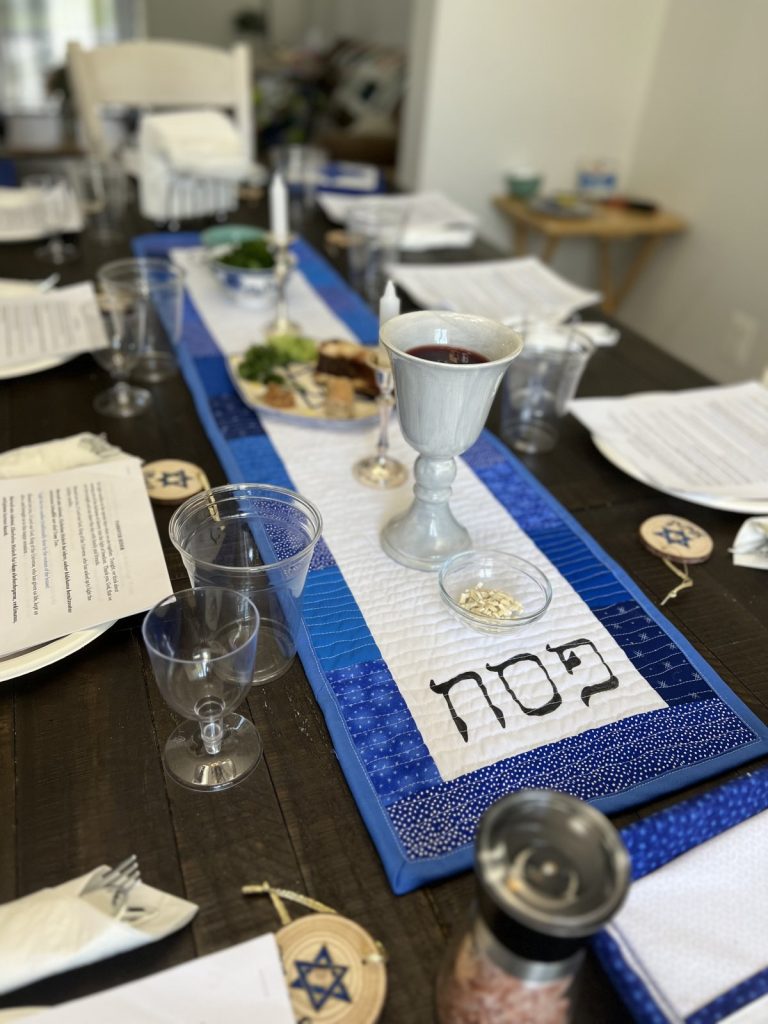
How To Make A Passover Table Runner
Supplies:
(10) 5” squares of assorted blue patterned fabrics cut into (20) 2.5” x 5” rectangles
(2) 2.5” x 11” strips of a patterned blue fabric
7” x 45.5” rectangle of white fabric
9” x 47.5” rectangle of backing fabric
9” x 47.5” rectangle of Poly-Fil Low Loft Batting
(3) 2.5” x WOF (width of fabric) strips of binding fabric
Missouri Star Quilt Company black fabric marker
pencil
*All seams are 1/4” unless otherwise noted.*
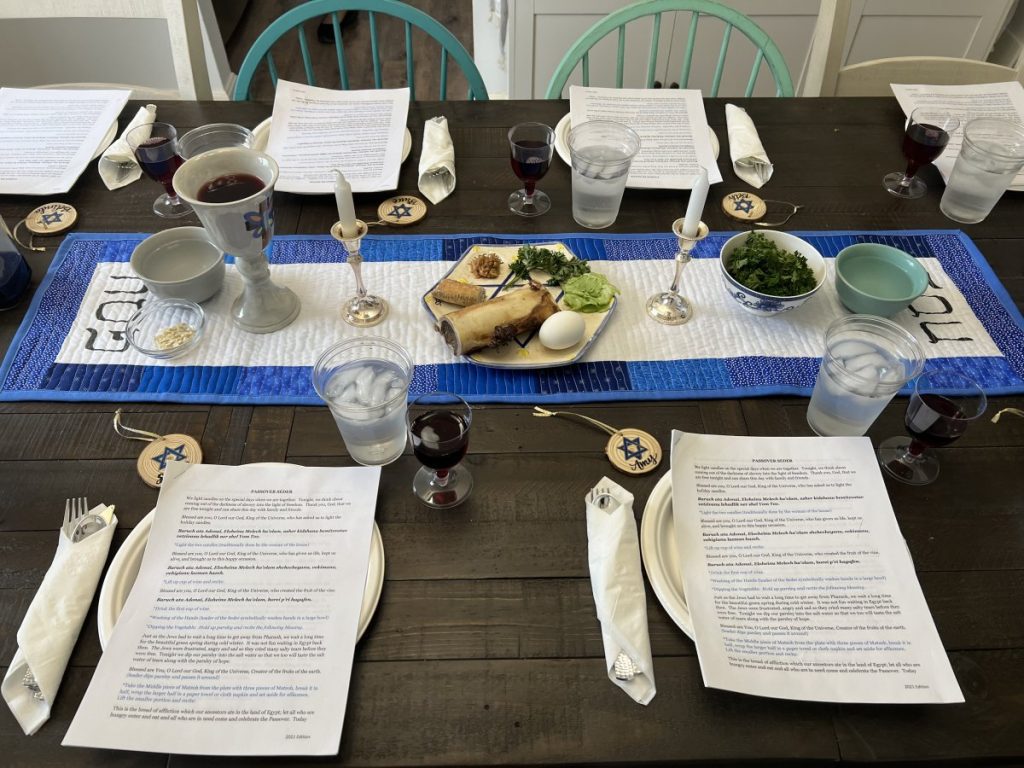
Note: My favorite place to buy fabric is Missouri Star Quilt Company.
Instructions
Step 1: Arrange and sew the 2.5” x 5” pieces into two long strips of 10 rectangles each.
The rectangles should be horizontal, touching each other on the short sides. Press the seams so they lay flat.
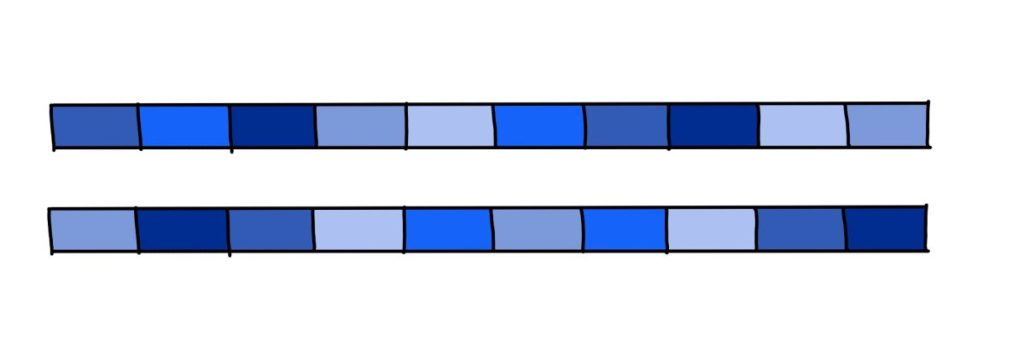
Step 2: Sew these strips onto the long sides of the white rectangle.
Press the seams toward the blue fabric.
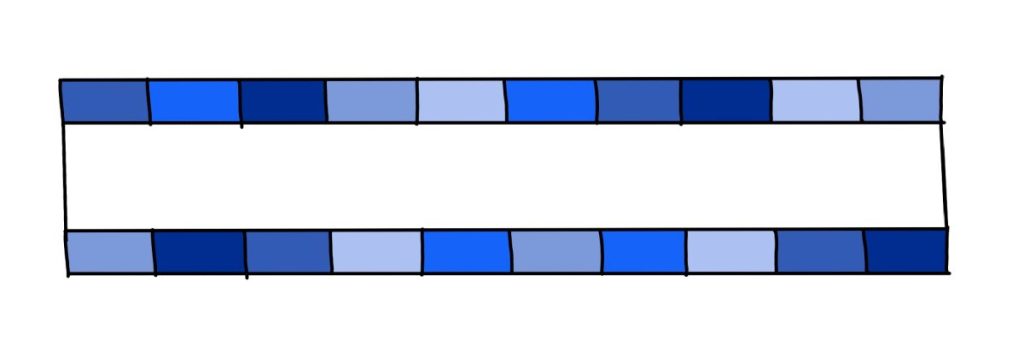
Step 3: Sew the 2.5” x 11” strips to the short sides of the runner.
Press the seams toward the blue fabric.

Step 4: Use a pencil to lightly sketch or trace the Hebrew letters for the word “pesach” meaning “Passover” onto the white fabric.
I used a ruler to help center my letters. I freehanded mine by looking at online images of the Hebrew characters, but you can also print out the word below and place it under your white fabric for tracing.
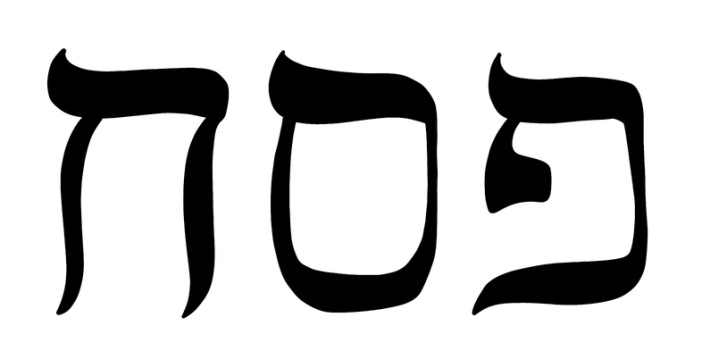
Step 5: Trace and fill in your letters with black fabric marker.
The MSQC marker does not require heat setting, and it’s permanent, so you can wash your table runner and the writing will stay.
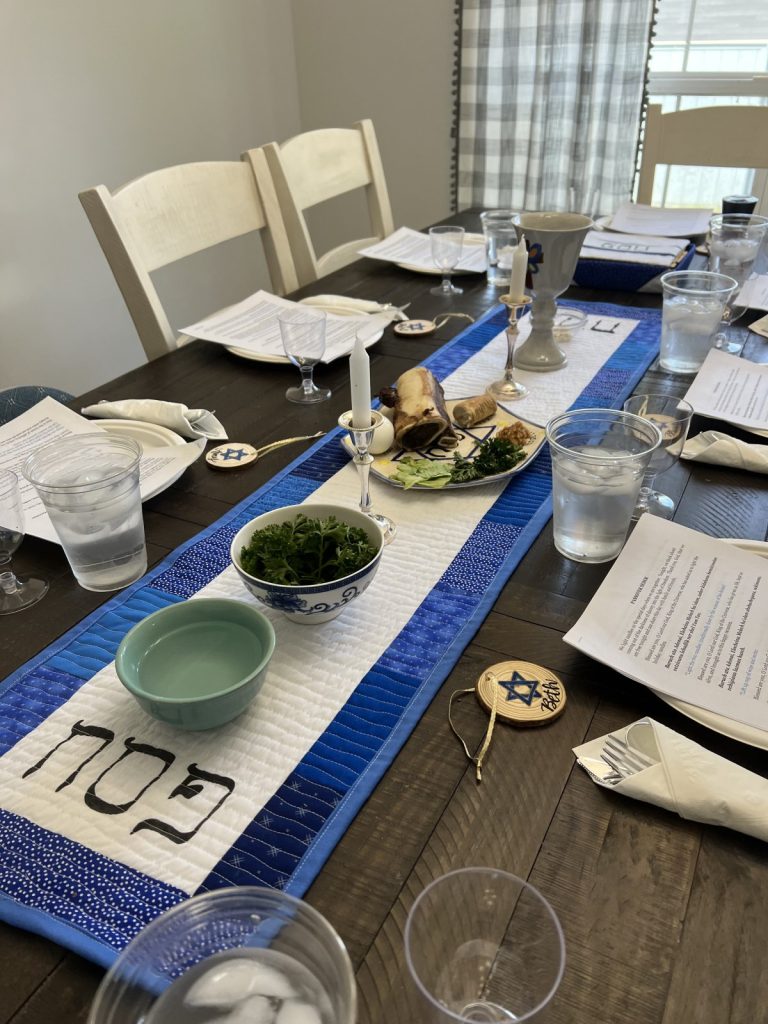
Step 6: Make a “quilt sandwich” and quilt as desired.
Place your backing face down on the table, then the batting, then the top (right side up). Pin the layers together and quilt, which means adding decorative stitching through all three layers. I chose to sew wavy lines from one side of the runner to the other that are about 1/4” apart. You can do any kind of straight line or free motion quilting you like.
Step 7: Bind your runner.
Sew your binding strips together (I like to use the “plus sign method” to sew them together on the diagonal). Then, fold your binding in half with the right sides facing out, and press. Clip and sew the binding to the back of the runner first, then fold it over to the front and top stitch in place. If you’re new to quilting, here’s a great video tutorial for how to do binding.
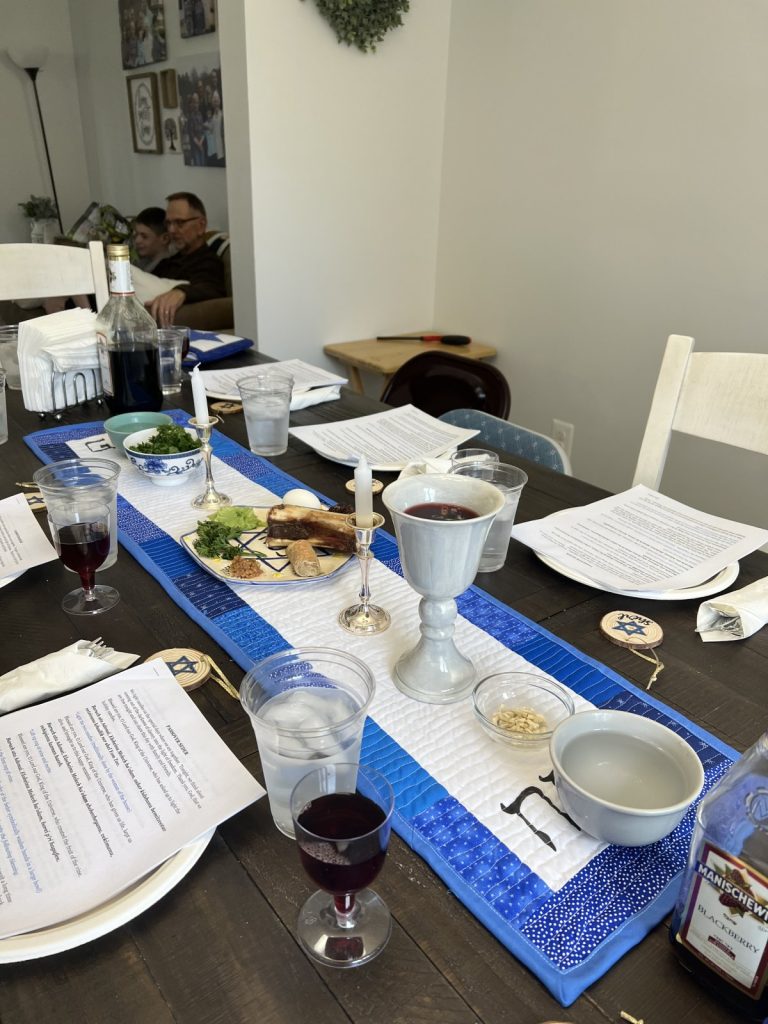
More Quilting Projects
Of course, this pattern can easily be adapted for other occasions too. Just swap out the blue fabrics for other colors/patterns, and you can turn it into a runner for any season or holiday. If you try it, I’d love to see your version! Make sure you’re part of the Amy Latta & Friends Facebook Group so you can share your project photos and we can all be inspired. See you there!
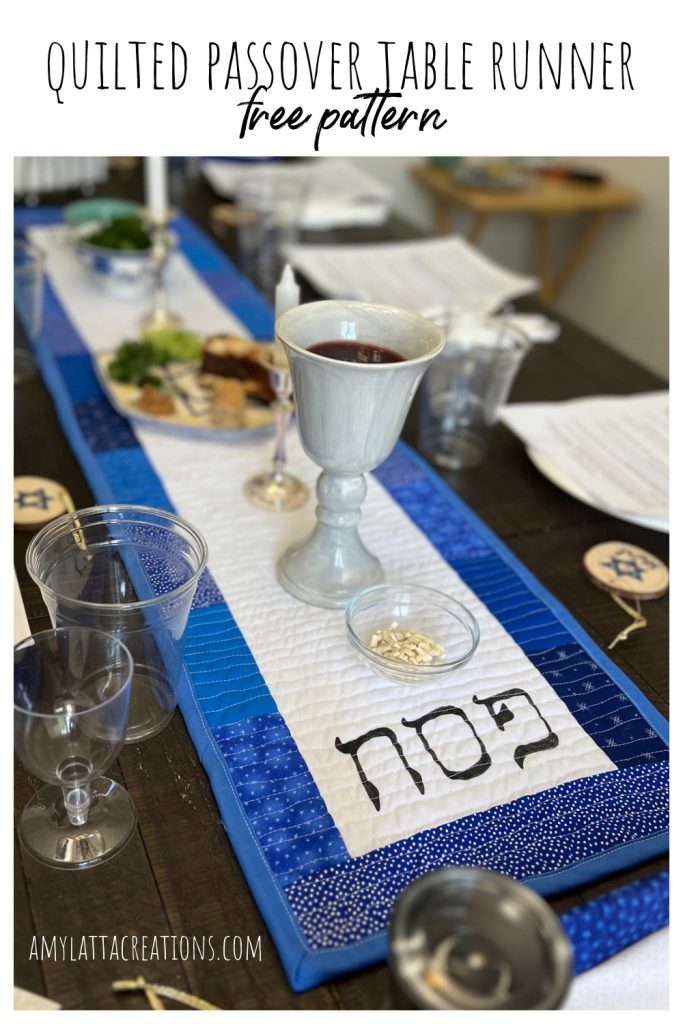
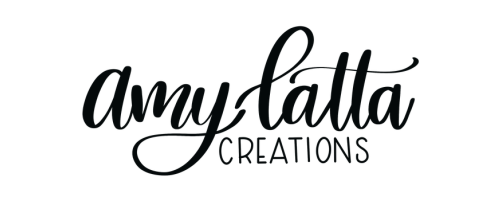
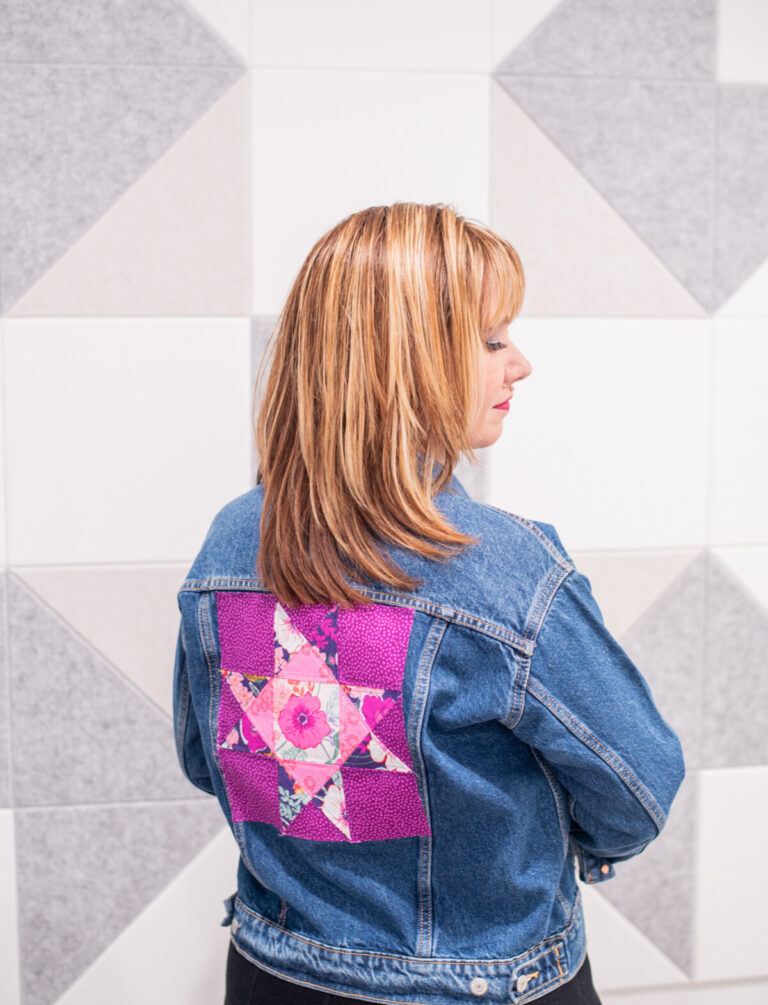
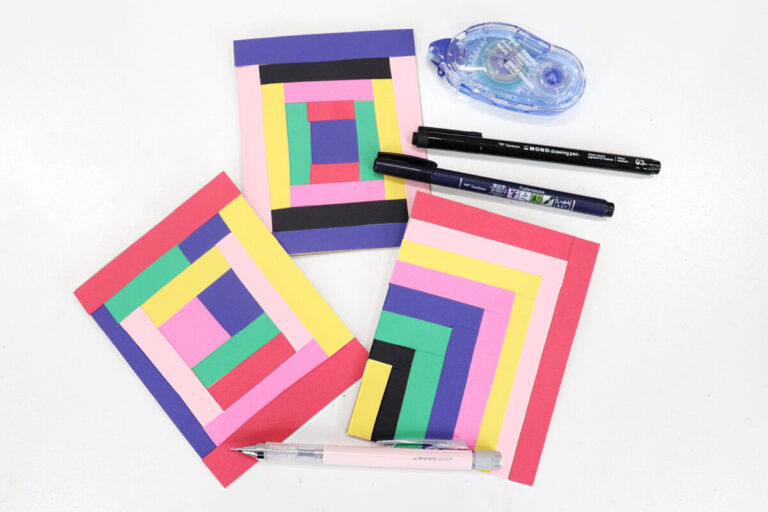
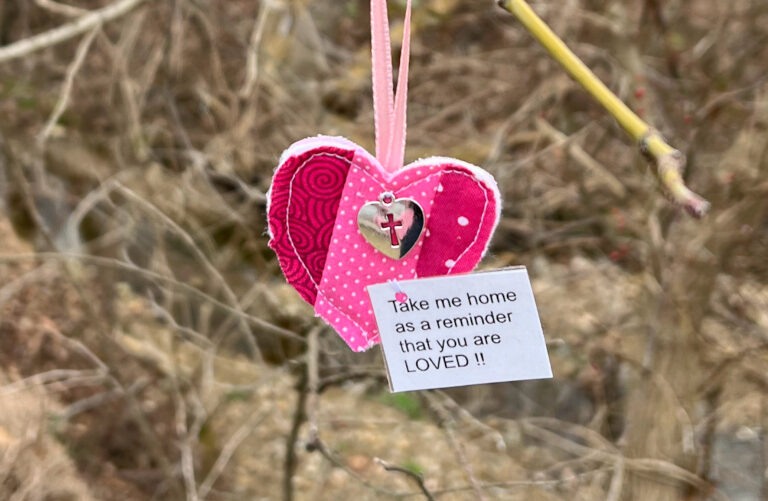
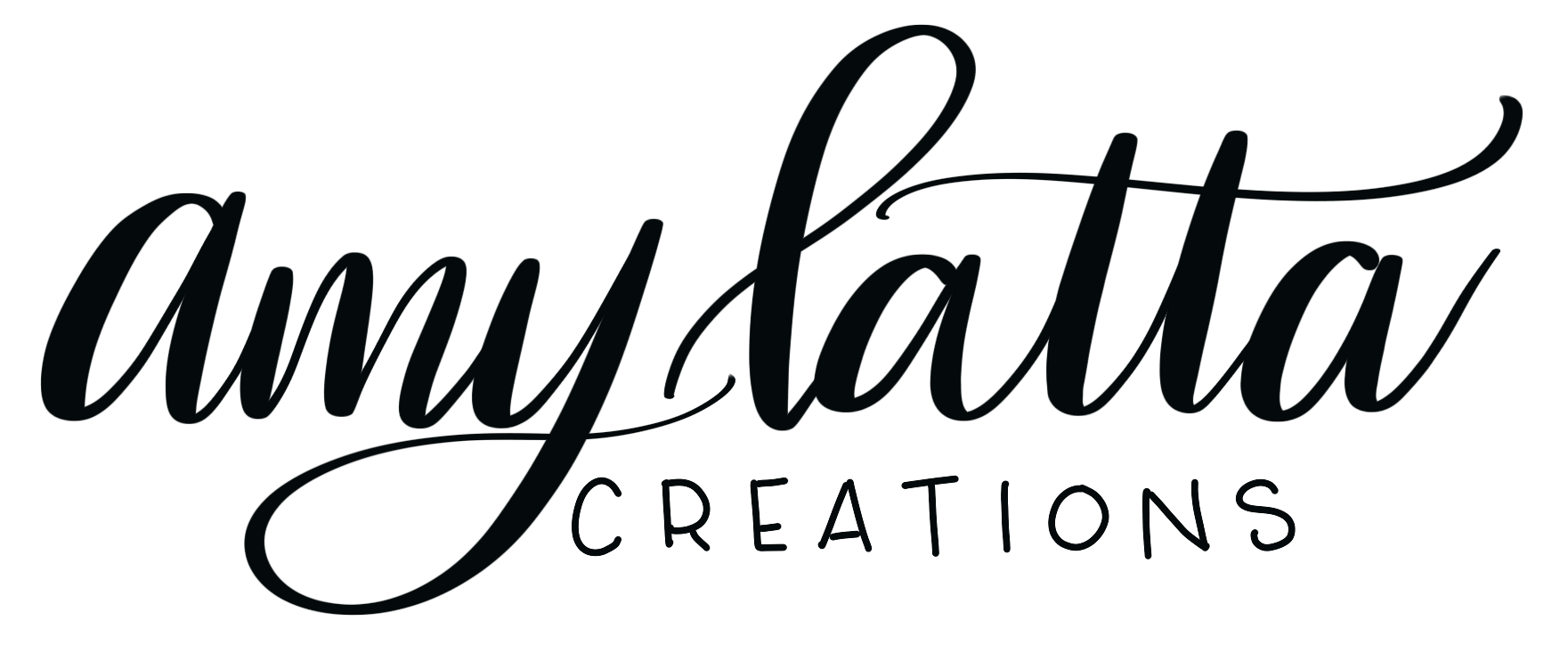
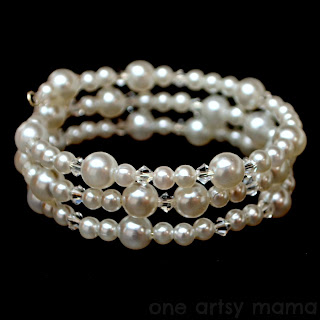
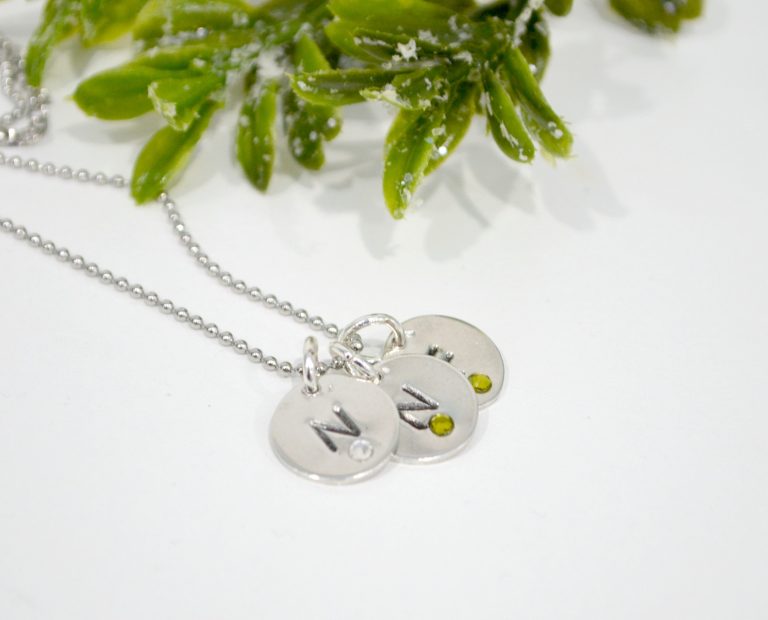
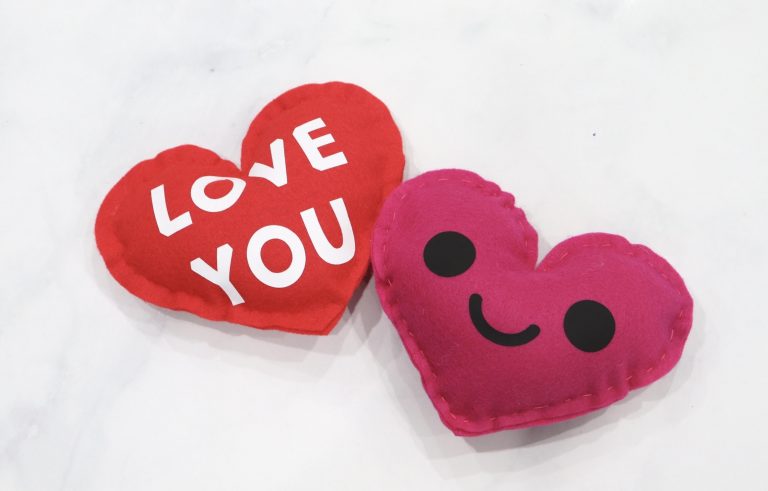
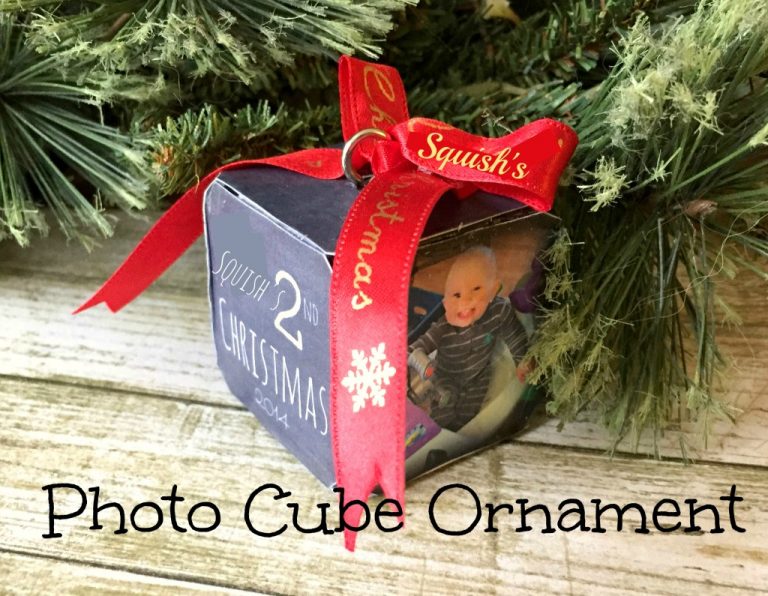
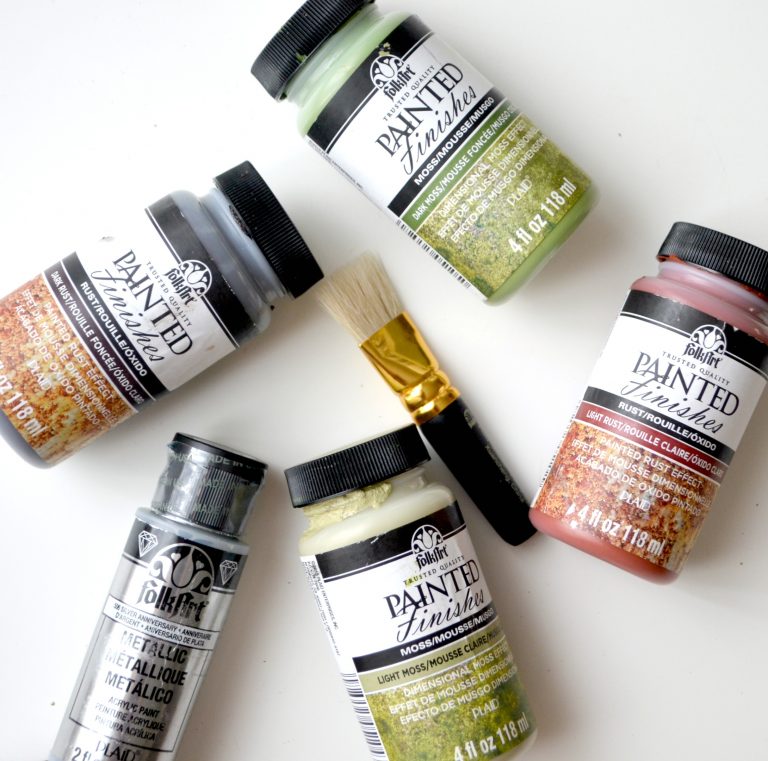


Love it! Thank you.